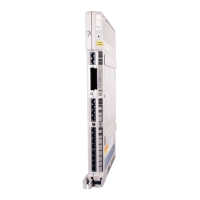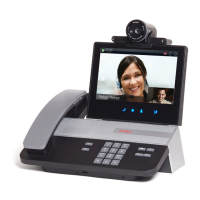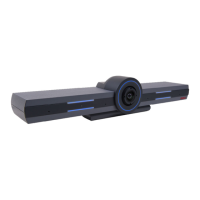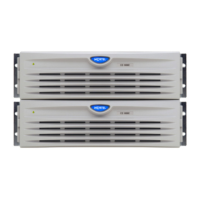DDT; Reviewed:
SPOC 10/18/2017
Solution & Interoperability Test Lab Application Notes
©2017 Avaya Inc. All Rights Reserved.
Step 3 - On Page 3 of the Trunk Group form:
Set Numbering Format to public.
Step 4 - On Page 4 of the Trunk Group form:
Verify Network Call Redirection is set to y.
Set Telephone Event Payload Type to the RTP payload type recommended by
Verizon (e.g., 101).
Set Convert 180 to 183 for Early Media to y. Verizon recommends that inbound calls
to the enterprise result in a 183 with SDP rather than a 180 with SDP.
Note – The Verizon Business IPCC Services do not support the Diversion header or the
History-Info header, and therefore both Support Request History and Send Diversion
Header are set to “n”.
add trunk-group 2 Page 4 of 21
PROTOCOL VARIATIONS
Mark Users as Phone? n
Prepend '+' to Calling/Alerting/Diverting/Connected Number? n
Send Transferring Party Information? n
Network Call Redirection? y
Build Refer-To URI of REFER From Contact For NCR? n
Send Diversion Header? n
Support Request History? n
Telephone Event Payload Type: 101
Convert 180 to 183 for Early Media? y
Always Use re-INVITE for Display Updates? n
Identity for Calling Party Display: P-Asserted-Identity
Block Sending Calling Party Location in INVITE? n
Accept Redirect to Blank User Destination? n
Enable Q-SIP? n
Interworking of ISDN Clearing with In-Band Tones: keep-channel-active
Request URI Contents: may-have-extra-digits
add trunk-group 2 Page 3 of 21
TRUNK FEATURES
ACA Assignment? n Measured: none
Maintenance Tests? y
Numbering Format: public
UUI Treatment: service-provider
Replace Restricted Numbers? y
Replace Unavailable Numbers? y
Hold/Unhold Notifications? y
Modify Tandem Calling Number: no
Show ANSWERED BY on Display? y

